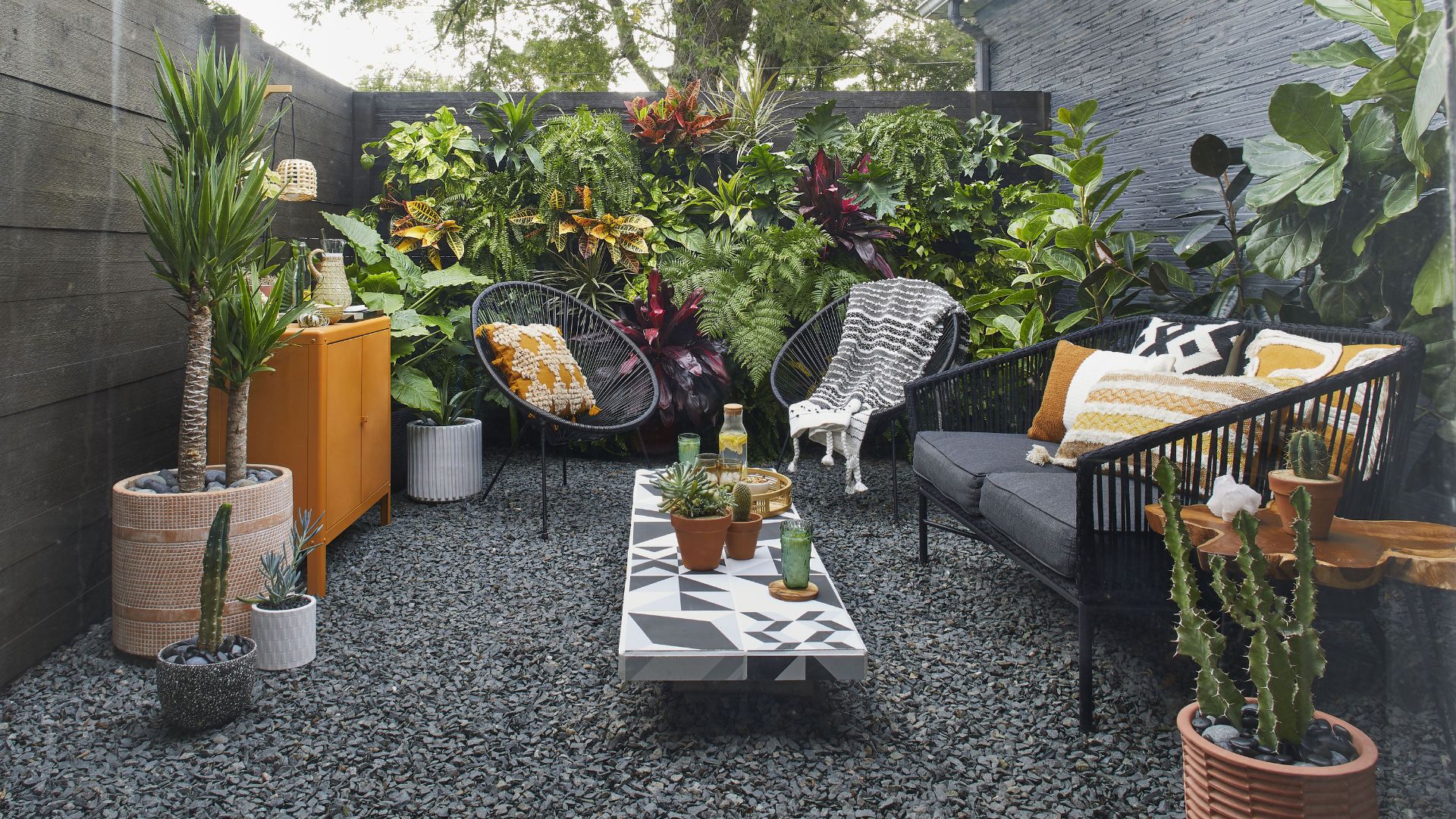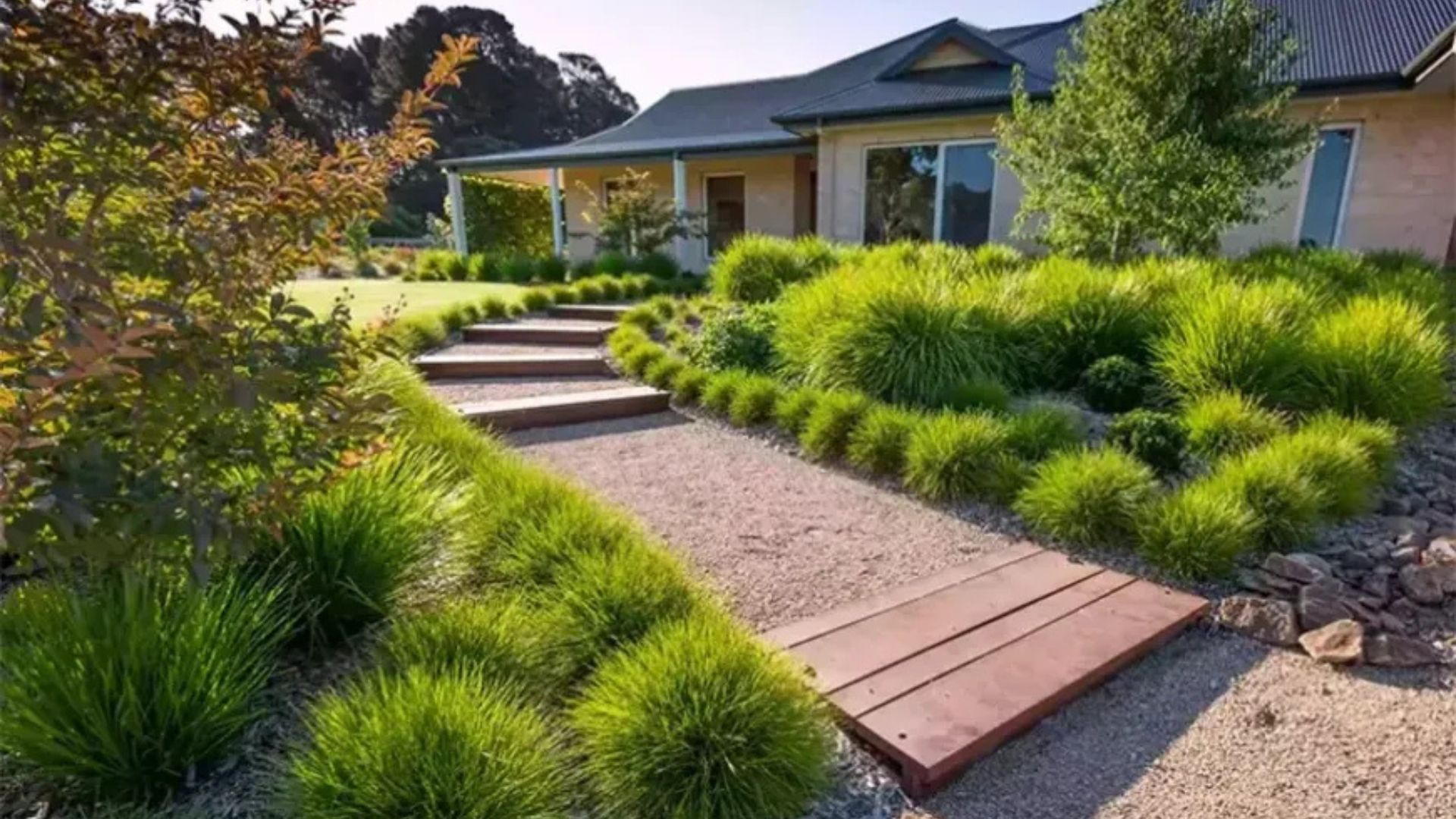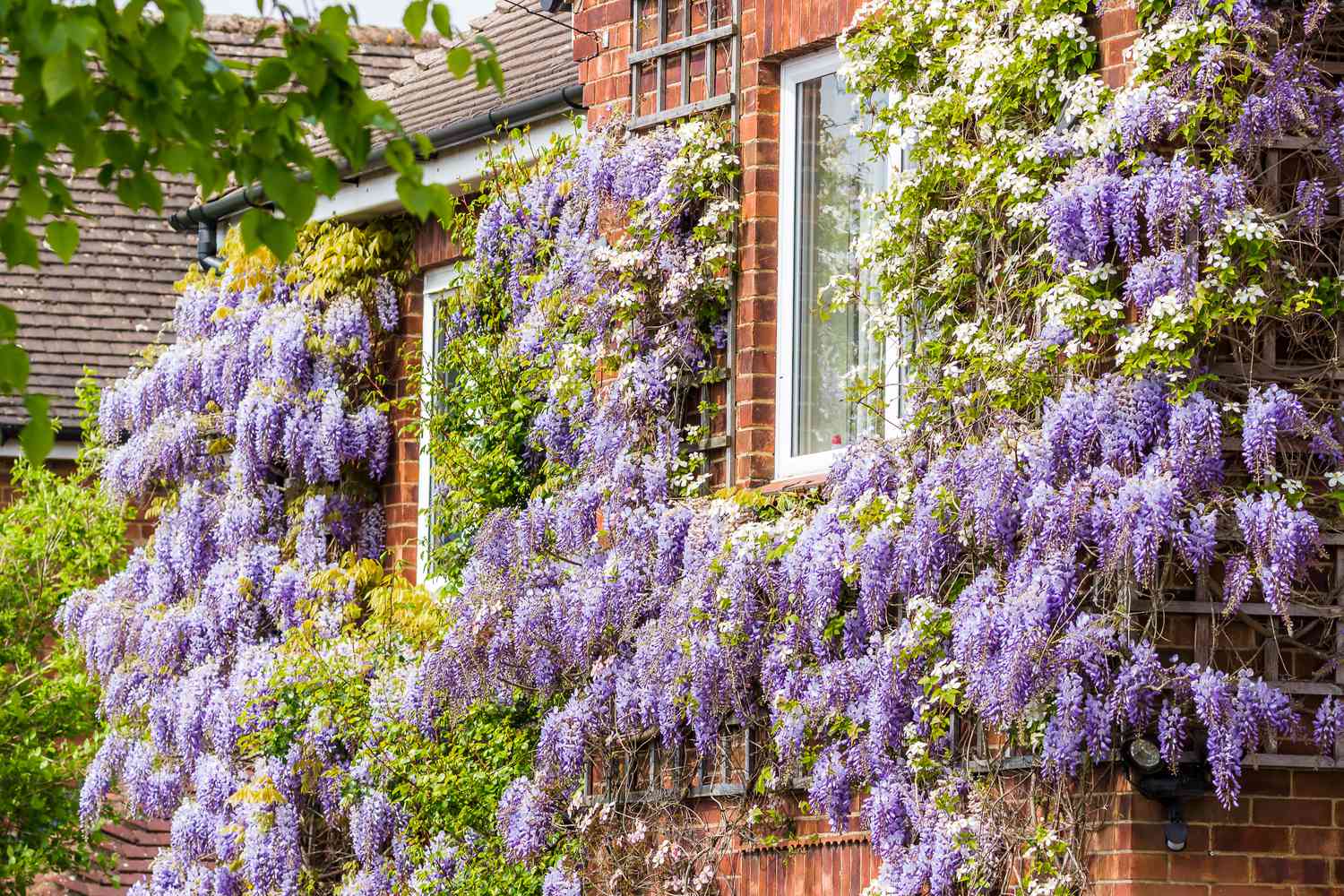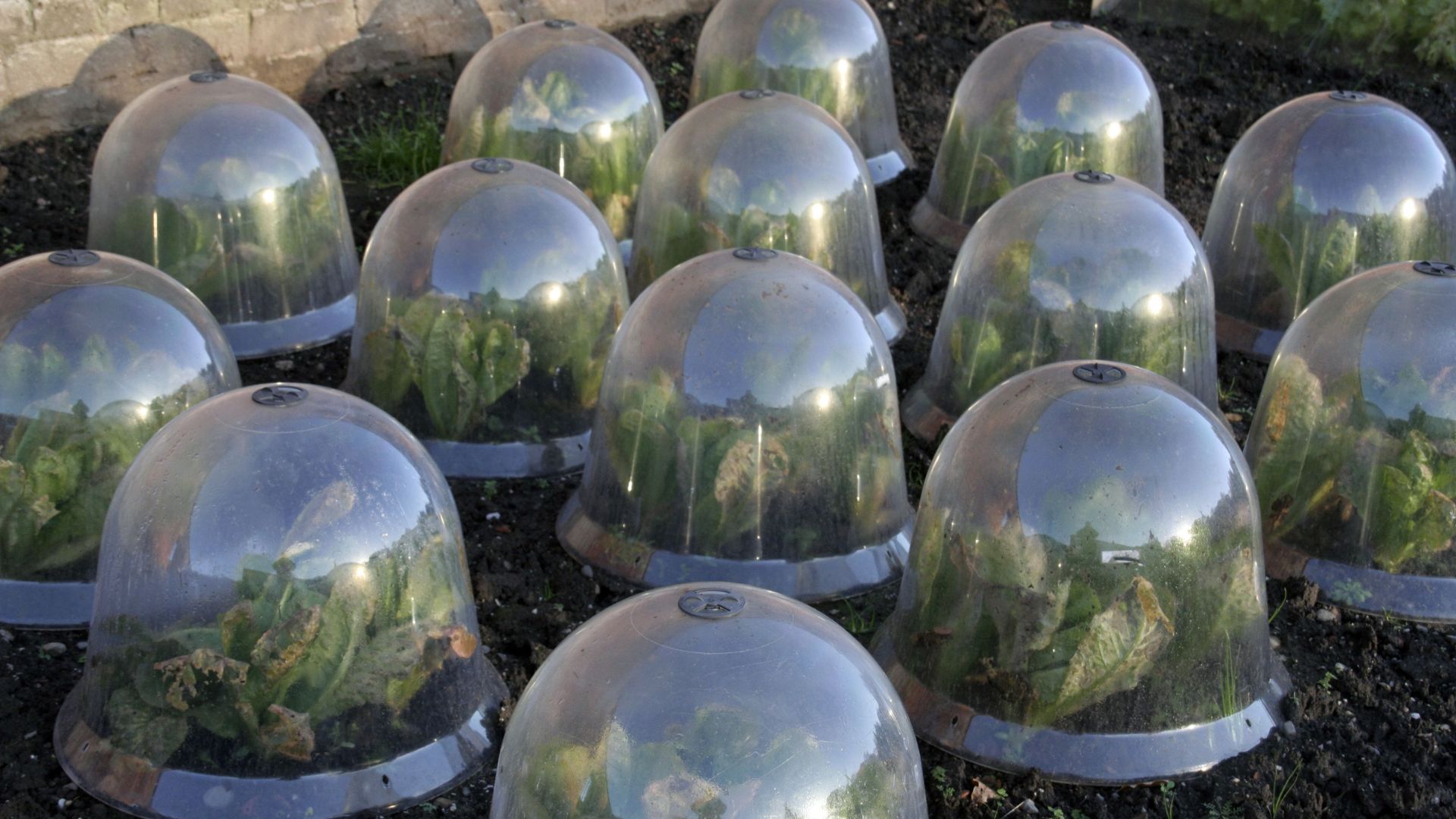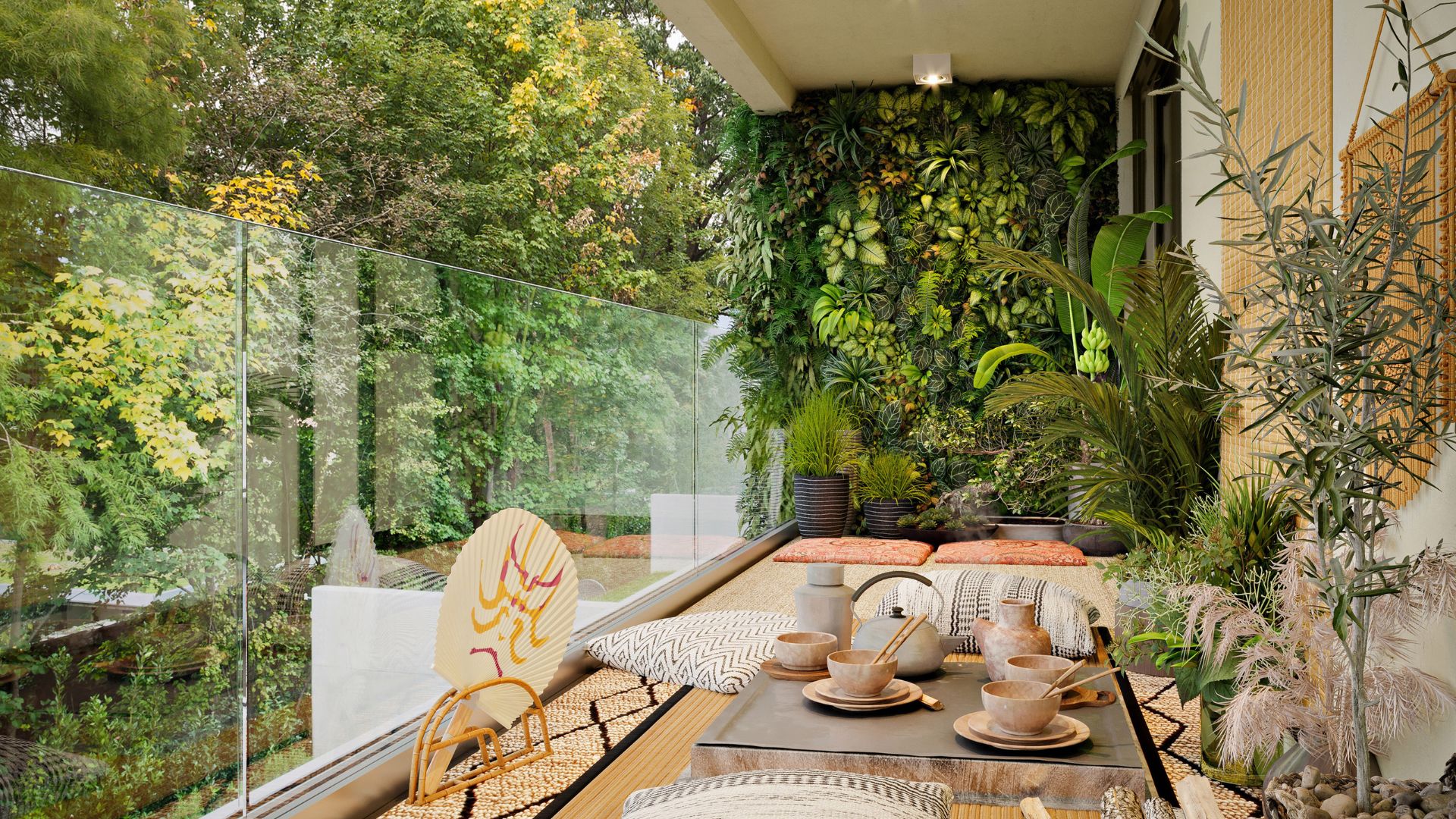Backyard designs featuring outdoor plants transform ordinary outdoor spaces into beautiful, functional, and sustainable areas. Across South Africa, homeowners are increasingly incorporating greenery, flowers, and shrubs into backyard layouts to enhance aesthetics, improve air quality, and provide relaxing environments. By using thoughtful design principles and selecting suitable plants, you can turn your backyard into a vibrant, enjoyable space for family and friends.
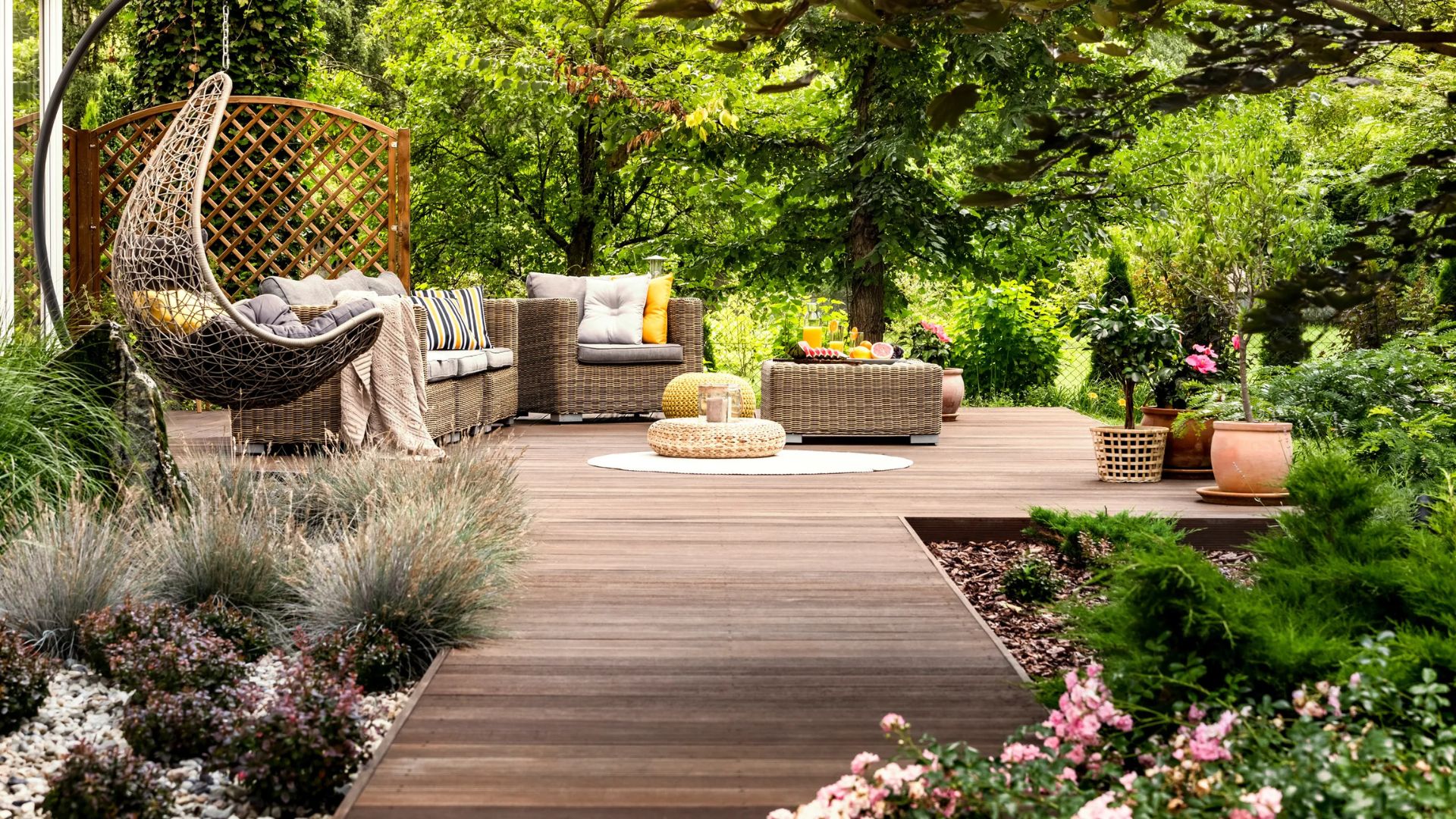
Benefits of Using Outdoor Plants in Backyard Designs
Integrating outdoor plants into backyard designs provides numerous advantages. First, they enhance visual appeal with vibrant colors, textures, and shapes. Second, plants improve air quality by filtering pollutants and producing oxygen. Third, they offer environmental benefits, such as reducing soil erosion, conserving water, and supporting local wildlife. Additionally, outdoor plants create natural privacy screens, shading, and cooling areas in urban environments.
Economic Advantages
Well-designed backyards with outdoor plants can increase property value. A visually appealing garden attracts potential buyers and boosts the overall marketability of your home. Furthermore, efficient landscaping can reduce energy costs by providing shade, lowering indoor temperatures, and reducing reliance on air conditioning. Investing in backyard greenery is both practical and financially beneficial.
Environmental Advantages
Backyard plants contribute to sustainability. Native and drought-tolerant species conserve water and adapt to local climates. Trees and shrubs prevent soil erosion, and ground covers enhance soil fertility. By promoting biodiversity, plants attract pollinators such as bees and butterflies, supporting local ecosystems. Consequently, integrating plants into backyard designs aligns with eco-friendly and sustainable practices.
Choosing the Right Plants for Your Backyard
Selecting appropriate plants is crucial for creating functional and beautiful backyard designs. Several factors should be considered, including climate, soil type, sunlight, and maintenance requirements.
1. Trees and Shrubs
Trees provide shade, privacy, and structure, while shrubs add layers and texture. Evergreen trees maintain year-round greenery, and flowering shrubs bring seasonal color. Strategically placed trees can create focal points, define spaces, and enhance both aesthetics and function.
2. Flowering Plants
Flowers add color, fragrance, and visual interest. Perennials offer long-term beauty, while annuals provide seasonal variety. Moreover, flowering plants attract pollinators, boosting the overall health and biodiversity of your backyard.
3. Ground Covers and Grasses
Ground covers and ornamental grasses prevent erosion, suppress weeds, and create cohesive landscapes. They soften hardscapes such as patios or pathways and add movement and texture to outdoor spaces.
4. Native and Drought-Tolerant Plants
Native species are naturally adapted to local climates and require less water and maintenance. Using these plants in backyard designs ensures sustainability, reduces water usage, and provides habitats for local wildlife.
Designing Functional and Beautiful Backyards
Creating effective backyard designs requires careful planning, balance, and creativity.
Layout and Zoning
Organize your backyard by zones, such as seating areas, play areas, and garden beds. Layer plants from tall trees to mid-height shrubs and low ground covers. This approach creates depth and visual interest while maintaining functionality.
Color and Texture
Mix colors, shapes, and textures to enhance visual appeal. Contrasting foliage and flower colors create dynamic spaces. Seasonal plantings ensure year-round beauty and variety in your backyard.
Sustainable Practices
Incorporate mulch, compost, and organic fertilizers to improve soil health. Rainwater harvesting and efficient irrigation systems conserve water. Additionally, use pest-resistant plants and integrated pest management to reduce chemical use. These practices maintain sustainability while keeping your backyard vibrant.
Lifestyle and Wellness Benefits
Backyards with outdoor plants enhance well-being by providing calming, natural environments. Spending time in green spaces reduces stress, encourages outdoor activities, and promotes relaxation. Moreover, backyards designed with plants create social areas for gatherings and recreational activities, benefiting families and communities alike.
Challenges and Solutions
Challenges in backyard landscaping may include pests, soil quality issues, or limited space. Solutions include selecting hardy plants, improving soil with compost, and using vertical or container gardening to maximize small areas. By planning carefully, you can overcome these challenges while maintaining a beautiful, thriving backyard.
Conclusion
Backyard designs featuring outdoor plants create functional, sustainable, and visually appealing outdoor spaces. Trees, shrubs, flowering plants, grasses, and native species improve air quality, enhance aesthetics, and support local ecosystems. By applying thoughtful design, layering, and sustainable practices, homeowners in South Africa and worldwide can enjoy backyards that are beautiful, healthy, and enjoyable all year round. Integrating outdoor plants transforms ordinary backyards into vibrant, eco-friendly retreats that benefit both the environment and your lifestyle.






